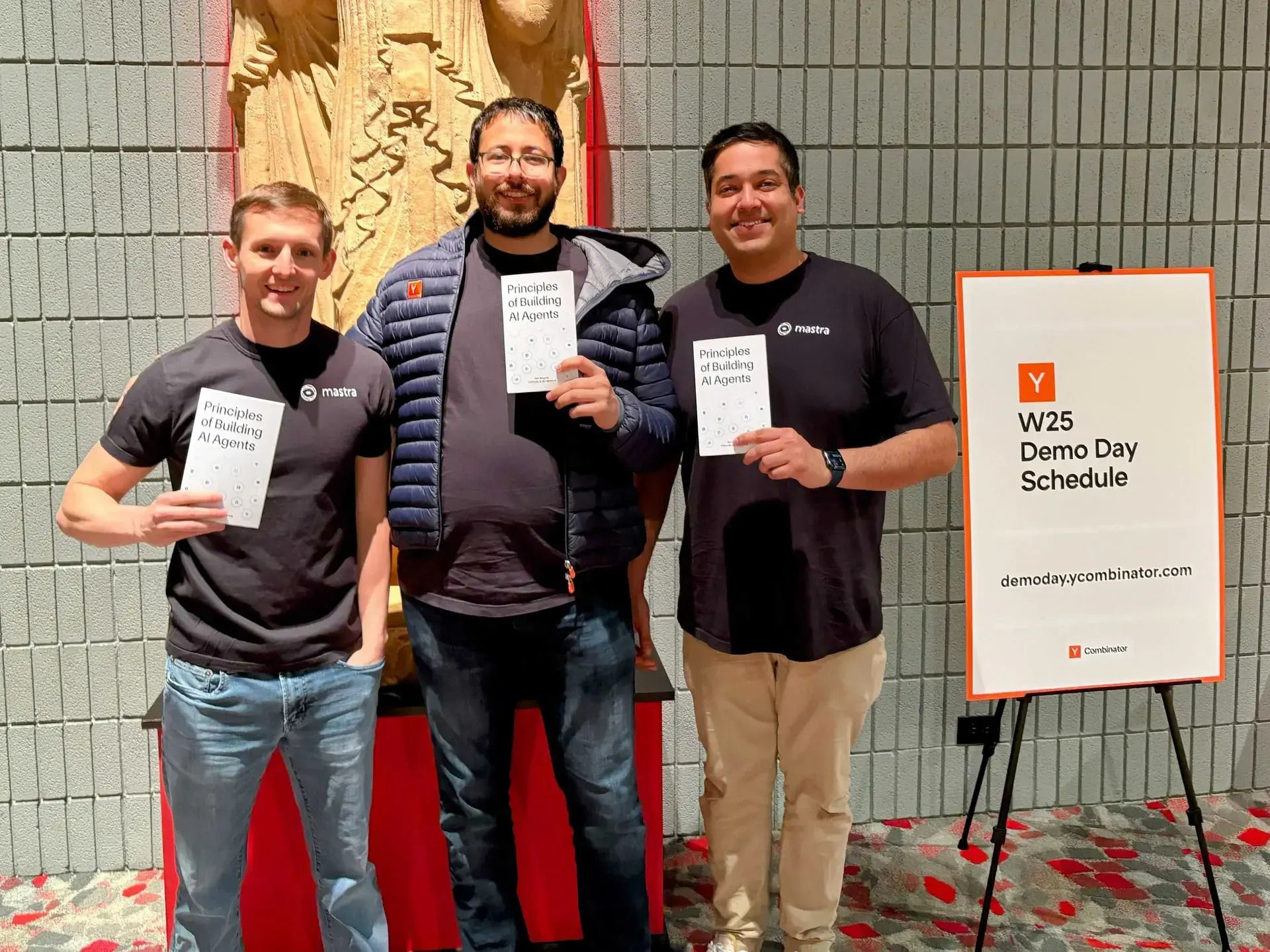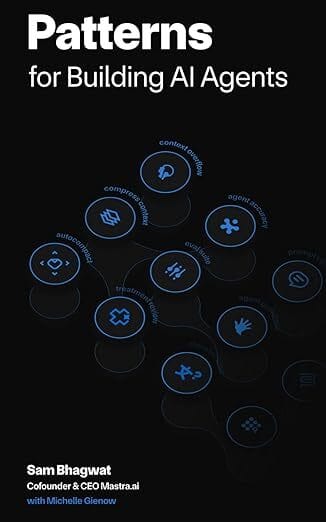Editor's Note
Welcome to The Future of DevEx — your weekly look at how AI is changing the way we build software.
This week, the spotlight’s on scale: Amazon trims 30,000 roles in pursuit of AI efficiency, OpenAI resets its structure to fund trillion-dollar infra, and Mastra shows what happens when developer-first AI tooling actually delivers.
Let’s get into it.
Industry News 🗞️

Amazon’s Layoffs Signal an AI-Efficiency Era 💼
Amazon is reportedly preparing to lay off up to 30,000 corporate employees, the company’s biggest headcount cut since 2022. That’s under 2% of total workforce — but the message is loud: manual overhead is being swapped for automation at scale. This aligns with Amazon’s aggressive internal push to embed AI across logistics, cloud ops, and customer support.
What this means: expect increased pressure to build tools that amplify team output, not headcount. AI tooling is shifting from augmentation to justification — and orgs will prioritize systems that cut meetings, speed delivery, and eliminate handoffs.

OpenAI Restructures to Fuel $1.4T AI Bet 🧠
Microsoft and OpenAI restructured their partnership, freeing OpenAI to raise unlimited capital for what may be the largest infrastructure buildout in tech history. Sam Altman’s team aims to raise over $1.4 trillion (yes, trillion) to build 30+ gigawatts of AI data centers. Microsoft now owns 27% of OpenAI, and an IPO is on the table.
What this means: AI isn’t just a feature — it’s becoming a utility layer. This signals the rise of AI-native infrastructure, where context, reasoning, and orchestration tools like agents or copilots are expected to work out-of-the-box inside your environment. Expect tighter coupling between compute, memory, and developer-facing AI APIs.

PayPal + OpenAI Bring Commerce to Chat 🛍️
PayPal partnered with OpenAI to embed checkout flows directly in ChatGPT, enabling product research and purchase without leaving the chat. This leap toward agentic commerce positions ChatGPT as a real-time shopping assistant with built-in transactions.
What this means: Chat-first UX is no longer just a support feature — it’s a primary sales channel. Developers building ecommerce or transactional workflows will need to consider how to expose product metadata, pricing, and availability to AI agents in real-time.
Startup of the Week 🚀

Mastra – a new TypeScript framework for building AI agents – is turning heads in the dev community. Think: AI apps with memory, toolchains, and control flows, all built natively in your Node/TS stack.
The framework closed a $13 million seed in October, from Y Combinator, Paul Graham, Gradient Ventures, and over 120 investors. With 150,000+ weekly downloads, it’s now the #3 fastest-growing JavaScript framework ever.
They’re announcing a new launch very soon, so stay tuned for updates!
The Team Behind Mastra

Mastra was founded in 2024 by Sam Bhagwat, Shane Thomas, and Abhi Aiyer — the same folks behind Gatsby, one of the earliest and most influential frontend frameworks in the modern web ecosystem.
After Gatsby, they saw a similar opportunity with AI: most agent tooling is built for Python devs, not the JavaScript/TypeScript community. Mastra flips that script. It’s an open-source framework designed to feel native to modern frontend teams — typed, composable, and production-grade from day one.

A big part of Mastra’s growth comes from Sam’s books. His first book Principles of Building AI Agents is the biggest hit of the year in SF, and they’ve handed out over 1 Million copies across the globe.
Sam just published another book, Patterns for Building AI Agents. In this edition, he distills what’s working in production: evolving agent architectures, context strategies, evaluation workflows, and security fundamentals — all drawn from real-world teams shipping agent systems at scale.
Inbox intel 🧐
Q: There’s a new AI dev tool or framework launching every other week. How should engineers decide which ones are actually worth adopting versus just hype?
A: Start by asking whether the tool solves a clear, existing pain point — not just something trendy. Try it in a low-risk environment first (like a side feature or sandbox) to see if it actually improves your workflow and plays well with your stack. Prioritize tools that align with your team’s strengths, not ones that require a complete rewire. And above all, avoid adopting tech just because everyone else is — real fit beats hype every time.
Got a Question?
Got a burning engineering question for a future Inbox Intel? Just hit reply and we’ll tackle it. And if you enjoyed this issue, consider sharing it with your teammates.
Want to Get Featured?
Submit your story here — we review every submission and highlight the best in future issues!
Till next time,

